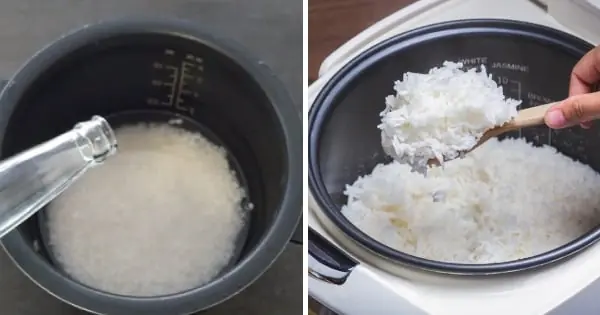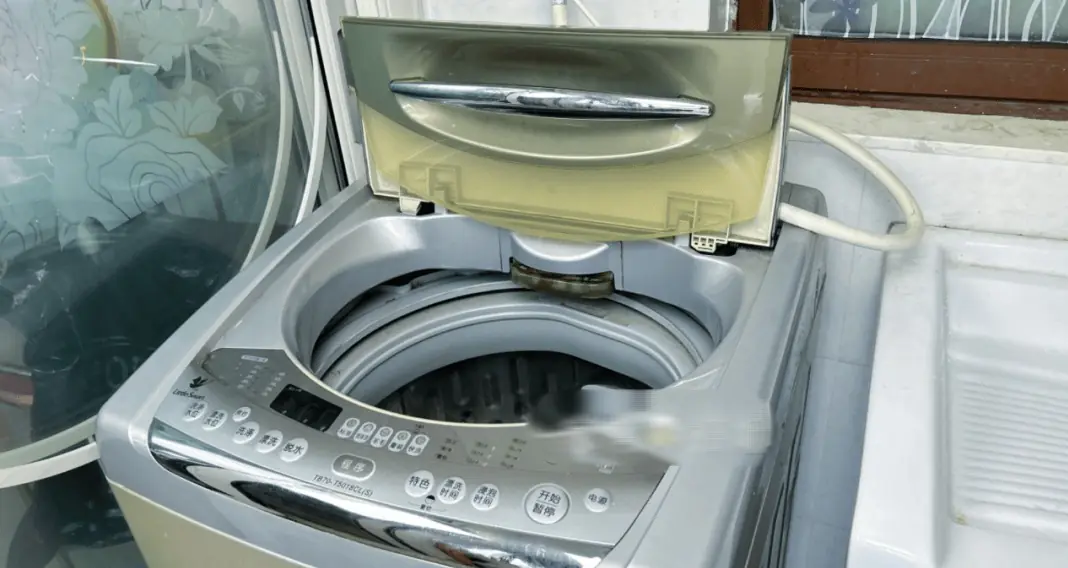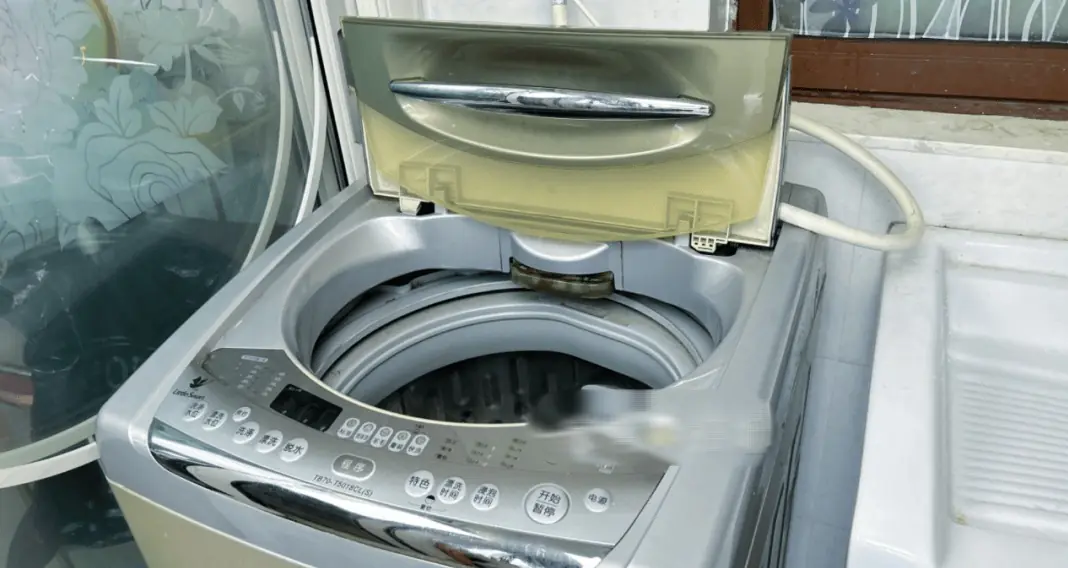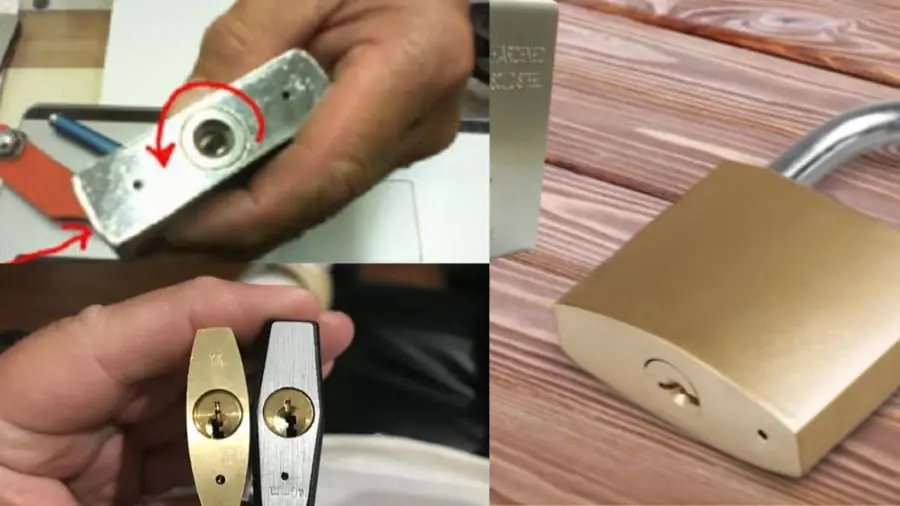Don't charge your phone battery to 100%

Many modern smartphones use lithium-ion (Li-ion) batteries, which generally last longer if they’re not charged to full 100% on a regular basis. Below are reasons why limiting your charge level—often around 80–90%—can help extend your phone’s battery lifespan, plus practical tips to strike a balance between convenience and battery health.
1. How Lithium-Ion Batteries Work
- Chemistry: Li-ion batteries store energy through chemical reactions. When the battery approaches full capacity (close to 100%), it experiences higher voltage and more stress.
- Stress on Cells: Holding a Li-ion battery at or near 100% charge for extended periods can accelerate capacity loss over time.
Bottom line: Frequent full charges increase the battery’s “wear and tear.”
2. Why Avoid Charging to 100%
- Voltage Stress
- Li-ion cells operate at higher voltage at full charge. Consistently forcing the battery into this higher-voltage range puts more stress on its internal chemistry, gradually reducing capacity.
- Heat Buildup
- Charging from 80% to 100% often generates more heat—a primary enemy of battery health. High temperatures can degrade battery components over time.
- Battery Degradation
- Studies show that partial charges (for example, up to 80–90%) can prolong overall battery lifespan, meaning fewer capacity drops and longer daily usage life down the road.
3. Balancing Convenience and Battery Health
- Charge to 80–90% for Daily Use
- If you can easily top up during the day, consider unplugging the phone before it hits 100%. This approach is especially effective if your phone comfortably makes it through the day on less than a full charge.
- Occasional 100% Charge Is Fine
- You don’t have to avoid 100% entirely—sometimes you may need the full battery (e.g., long trips). The key is avoiding it every single day for prolonged periods.
4. Other Tips to Extend Battery Lifespan
- Avoid Extreme Heat & Cold
- Keeping your phone in very hot conditions (direct sunlight in a car) or freezing temperatures can harm the battery.
- Don’t Let Battery Drain to 0%
- Repeatedly going down to 0% puts stress on Li-ion batteries. Try to charge when you reach around 20% if possible.
- Use Quality Chargers and Cables
- Cheap or faulty chargers can deliver inconsistent voltage, potentially damaging the battery. Stick to reputable brands or the original charger.
- Enable Battery Optimization Features
- Many phones have “Smart Charging” or “Optimized Battery Charging” settings that delay charging the last 10–20% until right before you typically unplug.
- Short “Top-Ups”
- Quick partial charges during the day—rather than a single long charge to 100%—help minimize time spent at a high charge level.
5. What the Research Shows
Tech companies and battery manufacturers alike generally agree that maintaining Li-ion batteries between 20–80% charge is optimal for longevity. Real-world tests confirm that consistently staying in this middle range can increase the total number of charge cycles before noticeable capacity loss.
Bottom Line
You don’t need to never charge to 100%, but regularly pushing your battery to full capacity and leaving it there (especially overnight) can speed up its aging process. By stopping around 80–90% (and avoiding extreme drops below 20%), you’ll typically see less battery degradation and a longer service life from your smartphone.
News in the same category

This type of fish costs only 1/5 of salmon but is richer in protein, making it one of the healthiest foods!

People who regularly eat cucumbers can soon experience 3 changes

Put orange peel in the refrigerator, you will be surprised with its "golden 10" uses

Don’t Just Add Water to Rice—Add This for Softer, Tastier Rice That Lasts Longer Without Spoiling

Throwing away coffee grounds is like throwing away money. Uses of coffee grounds that every home needs

Quit Nail Biting: A Gentle But Effective Solution

Blanch Bones First or Simmer Directly?

4 Healing Drinks to Prevent and Dissolve Kidney Stones

Top vegetable to help reduce visceral fat extremely effectively, nutritionist reveals 4 more easy ways to lose weight

3 Common Yet Har.mful Ways People Store Bean Sprouts — Convenient but Nutrient-Depleting and Risky to Health

2 Hidden Spots in Your Washing Machine That Make Clothes Dirtier

Summer, how to choose the right naturally sweet ripe watermelon: No need to type, just look at one spot and you'll know right away

2 "hidden corners" of the washing machine that make clothes dirtier the more you wash them, 90% of people don't know

These 5 plants are the "nemesis" of formaldehyde: Swallow fine dust, purify air very well

8 habits to keep your kidneys healthy

3 Smart Tips to Keep Shrimp Fresh for a Year—Still Firm, Sweet, and Delicious

4 taboos when defrosting food, know and avoid "inviting disaster"

How harmful is cooking oil for pets when used in food processing?

Is bee sting da.ng.erous and what is first aid?
News Post

Don’t Miss These 9 Key Signs of Depression — Early Awareness Can Save Lives
Put 3 balls in the washing machine, a tip to help clothes dry faster but very few people know

This type of fish costs only 1/5 of salmon but is richer in protein, making it one of the healthiest foods!

Doctor reveals the "golden key" to healthy blood: Very easy to do but few people pay attention

5 cheap household items that can bring can,cer to the whole family

Eating a handful of this vegetable is as precious as "poor man's ginseng", it grows all over the fences in the countryside but few people know about it

People who regularly eat cucumbers can soon experience 3 changes

This delicious dish "has more iron than pig liver", a must-have this summer, you will love it!

Silent Signs of Kid.ney Can.cer That Are Easy to Overlook

Too Lazy to Drink Water? These 7 Health Problems Might Catch Up with You

Put orange peel in the refrigerator, you will be surprised with its "golden 10" uses

Golden hours to know to drink coffee to maximize health benefits

Silent signs of kidney can.cer are easily overlooked

Eating a Handful of This Leafy Green Is as Valuable as “Ginseng for the Poor”

Garlic Skins Have 4 Surprising Benefits

Don’t Just Add Water to Rice—Add This for Softer, Tastier Rice That Lasts Longer Without Spoiling

Diabetes Alert: 6 Fruits That Could Sabotage Your Bl.o.od Sugar Levels

Throwing away coffee grounds is like throwing away money. Uses of coffee grounds that every home needs

The Surprising Use of the Small Hole on Padlocks That Many People Don’t Know
